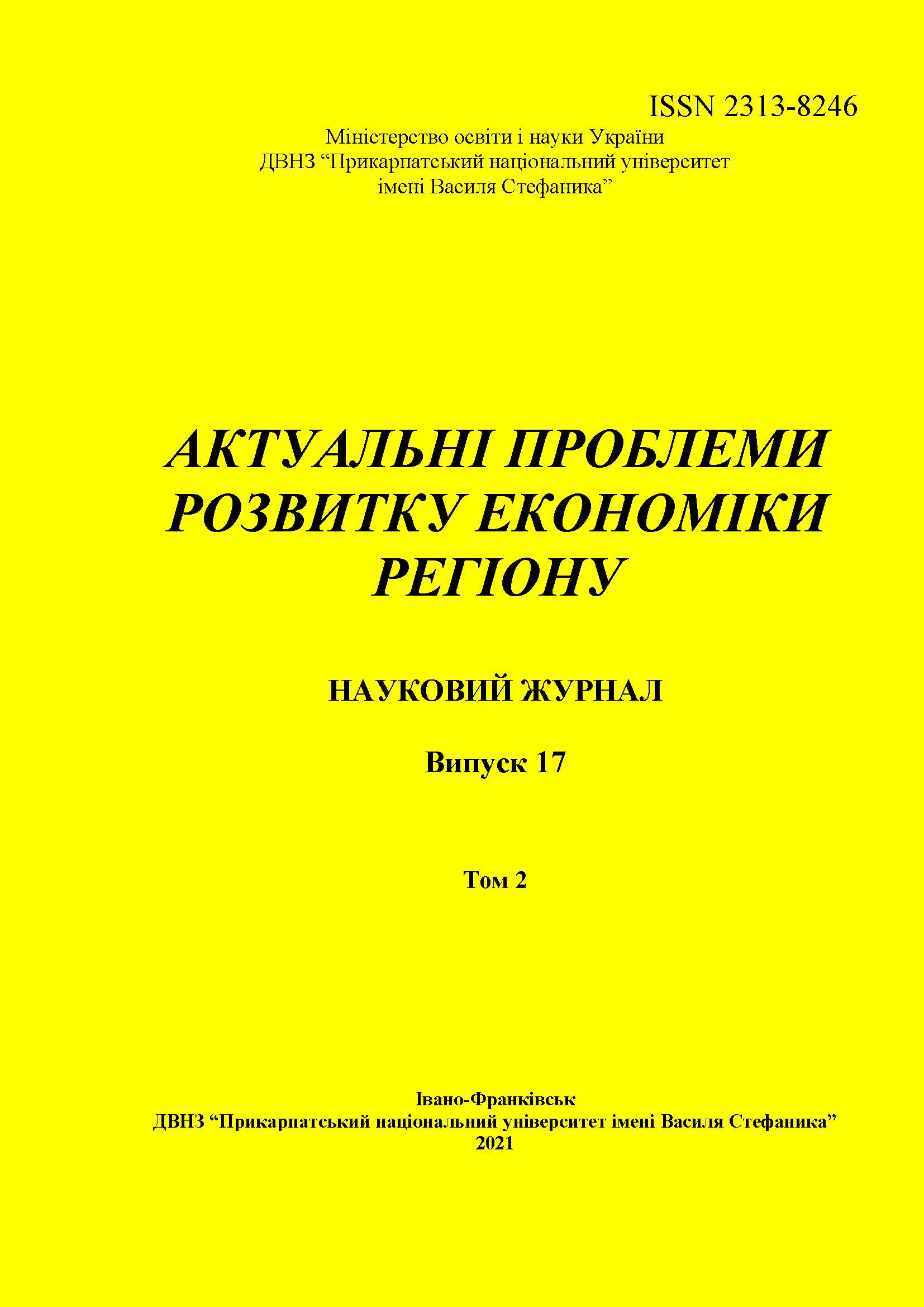WORLD LATEST APPROACHES TO RESOURCE PROVISION OF AUTONOMOUS EDUCATIONAL PROCESS
DOI:
https://doi.org/10.15330/apred.2.17.20-30Keywords:
resource provision, financial resources, social levers, independent processAbstract
The study on "World latest approaches to resource provision of autonomous educational process" examines a number of recent experiences with both traditional and more innovative mechanisms for resource allocation around the world. The aim is to explore the perspective of innovation and highlight achievements that can help policy makers in developing countries and countries with economies in transition to formulate strategies to improve the effectiveness of their public higher education policies.
The paper describes the development of a typology covering a range of approaches to the allocation of resources for higher education currently used or considered in different countries, in many cases documenting the path to innovation, which increasingly leads to mechanisms based on accountability for key performance. This typology includes not only approaches that directly fund institutions, but also those that send funds to students.
The main reasons for the rapid growth of demand are highlighted: the economic value of higher education in almost all countries, as measured by profitability or other indicators, is growing faster than the economic return to those who receive secondary education or less; in many cultures, there is strong social pressure on students to go beyond secondary education for non-monetary reasons, such as greater social status and prestige in the community; many countries are trying to make their higher education programs more relevant as governments and higher education institutions decentralize certain areas with low labor demand, such as public administration and education, to new areas such as information technology, technology and science.
Various allocation mechanisms are analyzed to the extent that they meet important policy objectives, such as increased access and improvement of equity, increased internal efficiency and cost containment, and results related to improving quality and relevance.
The paper considers the necessary conditions for the effective implementation of innovative allocation mechanisms, including the need to strengthen administrative capacity, promote transparency, address the political aspects of financial reforms and anticipate unpredictable consequences. The directions of achievement of autonomy of financing of education and conditions of maintenance of such financing are offered.
References
1. Melnychuk, Y., Tkachuk, I., Tkachuk, Yu., Solodzhuk, T., and I. Kyryluk. “Economic Mechanism for Managing the Strategic Development of Territorial Communities.” Tem Journal, vol. 9, no. 4, 2020, pp. 1606-1613.
2. “Who Should Pay: Tuition Fees and Tertiary Education Financing in New Zealand?” Research Gate, www.researchgate.net/figure/Growth-in-tertiary-education-participation-in-New-Zealand_fig1_348851119. Accessed 01 Sept.2021.
3. “What is Education Finance?” Education Finance, www.edu-links.org/learning/what-education-finance. Accessed 03 Sept.2021.
4. “The Top Technology Innovations for Education.” The Ame Group, www.theamegroup.com/top-6-technology-innovations-education/ Accessed 03 Sept.2021
5. Serdyukov, Р. “Innovation in education: what works, what doesn’t, and what to do about it?” Journal of Research in Innovative Teaching & Learning, vol. 10, no. 1, 2017, pp. 4-33.
6. Heick, Т. “Examples Of Innovation In Higher Education.” Teachthought, www.teachthought.com/the-future-of-learning/examples-of-innovation-in-higher-ed/ Accessed 05 Sept.2021.
Downloads
Published
How to Cite
Issue
Section
License
- Authors retain copyright and grant the journal right of first publication with the work simultaneously licensed under a Creative Commons Attribution NonCommercial NoDerivs 4.0 Unported License that allows others to share the work with an acknowledgement of the work's authorship and initial publication in this journal.
- Authors are able to enter into separate, additional contractual arrangements for the non-exclusive distribution of the journal's published version of the work (e.g., post it to an institutional repository or publish it in a book), with an acknowledgement of its initial publication in this journal.
- Authors are permitted and encouraged to post their work online (e.g., in institutional repositories or on their website) prior to and during the submission process, as it can lead to productive exchanges, as well as earlier and greater citation of published work (See The Effect of Open Access)


